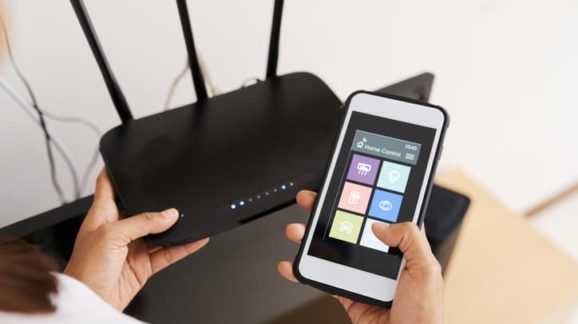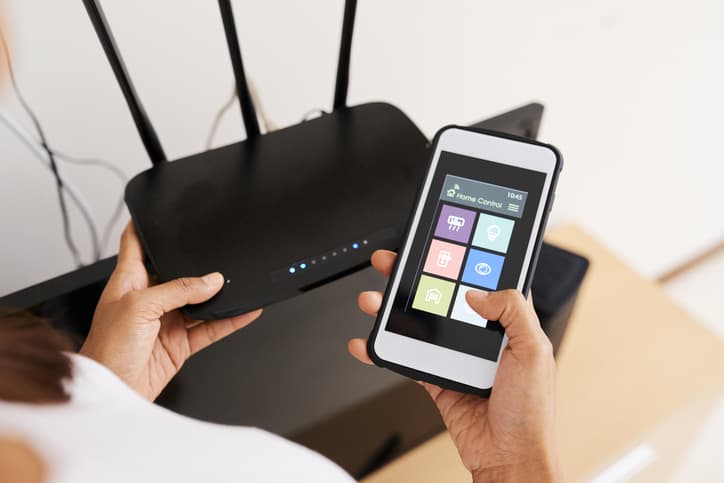Need for More Wireless Spectrum Will Persist beyond COVID-19 Crisis with Introduction of 5G Technology

 Last week, T-Mobile, Verizon, AT&T and US Cellular all asked the Federal Communications Commission (FCC) for temporary access to additional spectrum to accommodate the recent increased demand for wireless services. This, like so many aspects of the coronavirus health crisis, is an unprecedented situation, but the need for more wireless spectrum will persist with the introduction of 5G technology.
Last week, T-Mobile, Verizon, AT&T and US Cellular all asked the Federal Communications Commission (FCC) for temporary access to additional spectrum to accommodate the recent increased demand for wireless services. This, like so many aspects of the coronavirus health crisis, is an unprecedented situation, but the need for more wireless spectrum will persist with the introduction of 5G technology.
Currently, the FCC is proposing allowing “unlicensed use in the 5.925-7.125 GHz (6 GHz) band” of that 1200MHz of spectrum. That would be in addition to the 1000MHz of unlicensed spectrum the FCC has already made available below the 6GHz band. The U.S. wireless industry objects to the additional 1200MHz of spectrum being designated for unlicensed use because of concerns about having sufficient spectrum to support 5G. They suggest instead that the upper 600MHz of that band be held back for possible future licensed use.
Beyond the immediate practical concerns of the 6 GHz band, the controversy provides an opportunity to highlight the fundamental superiority of licensed over unlicensed spectrum allocation.
Buying a spectrum license allows the owner an exclusive ability to operate within that portion of the radio spectrum, free from the threat of interference of other users. So far, the wireless industry has paid more than $100 billion for licensed spectrum.
Allocating spectrum as unlicensed means users do not have to obtain a license from the FCC. The unlicensed arrangement does not afford users protection from interference as they share the airwaves, but they are obligated to comply with technical requirements for their equipment.
A spectrum license approximates a property right. Unlicensed spectrum allocation is tantamount to the creation of a government-controlled commons. That arrangement more resembles the FCC’s failed command-and-control approach to spectrum allocation in the past than it does the more recent shift to liberalizing auctions of this critical resource. Licensed spectrum allocated through auction is preferable for efficiency and innovation and benefits to U.S. consumers.
That being said, Wi-Fi utilizes unlicensed spectrum and doubtless provides great benefits to consumers. A Wi-Fi industry group predicts their value to the U.S. economy will be $1 trillion by 2023. There is clearly a need for more spectrum in this area as well.
The FCC would be wise to hold the upper portion of 6GHz band back and give itself time to consider a licensed offering. The lower portion on the band could be offered for unlicensed use as planned. Current events suggest that expanded wireless capacity and winning the race with China to 5G are goals worth prioritizing.